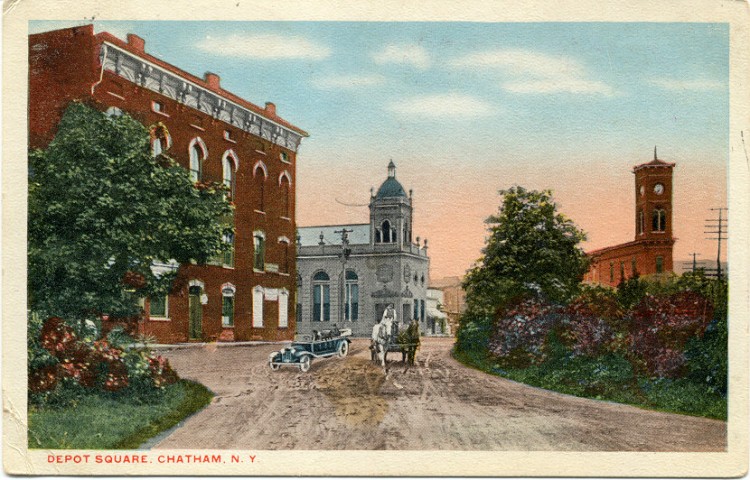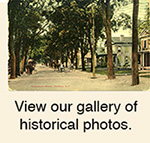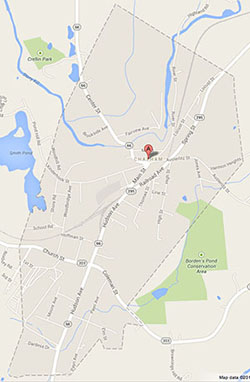What set Chatham apart was its role as a railroad center. After the 1830s, population, commerce and industry were drawn to this hub offering ready rail access to population centers and markets both near and distant. Maintenance facilities were built to keep the trains running and restaurants, hotels, shops, taverns, and rooming houses grew up to serve railroad passengers and workers. The next century was very kind to Chatham. Prosperity brought economic and social diversity along with the dynamism of a thriving community, whose architectural accomplishments are seen in the many period buildings that line Main Street, Park Row, and Hudson Avenue. The restored Richardson Romanesque Union Depot continues to anchor the village today. The stately Tracy Memorial Village Hall reflects the generosity and optimism of Chatham’s citizens during the early 20th century. Chatham’s role as a regional entertainment center continues with the restored vaudeville-era Crandall Theater presenting films of all varieties and the Mac-Haydn Theater offering live summer-stock productions. – by Steve Oberon, 2013
Village History

 What became the Village of Chatham began like other settlements that grew up at the intersections of roads and along streams that could provide water power to small industries. The historic Groat’s Tavern stood at the center of this first community and survives today as the beautifully restored “1811 House”, now at the heart of a much different place than the hamlet of Groat’s Corners it was built to serve.
What became the Village of Chatham began like other settlements that grew up at the intersections of roads and along streams that could provide water power to small industries. The historic Groat’s Tavern stood at the center of this first community and survives today as the beautifully restored “1811 House”, now at the heart of a much different place than the hamlet of Groat’s Corners it was built to serve.
Geography
History
Community Profile

